Noise-canceling earbuds are the bee’s knees. That’s a fact. But if you’re looking for some, chances are you’d struggle. There’s an almost endless amount of choices for anyone. Which one fits your lifestyle, your device, even your tastes? The sheer amount of options can make anyone go nuts.
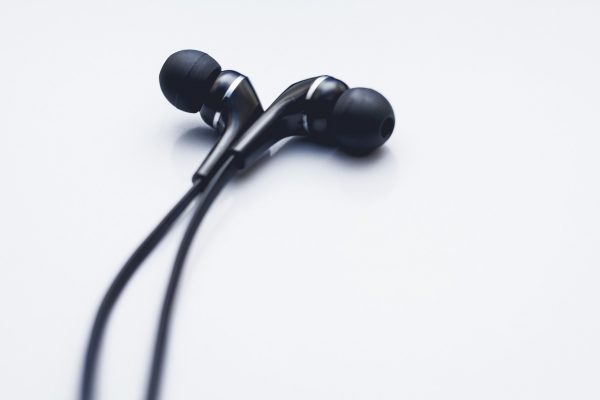
But this is where that goes away. This is your ultimate guide to noise-canceling earbuds. What you’d need, what you’d want, and which brands are the best. And here’s the best part: stick around to find out whether you can make your own!
Best Of The Best: Brands
When shopping, these are the audio brands you can trust. Top of the line, exceptional quality, and durability: this is what you can expect. These are the top-tier recommendations per brand.
Sony
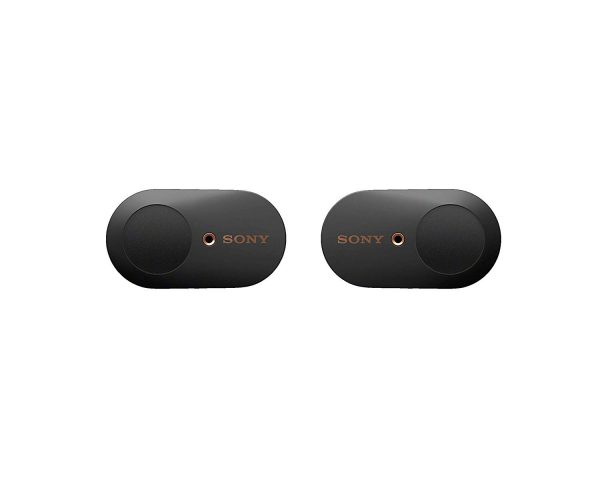
WF-1000XM3 with Alexa – Modern smart devices are taking advantage of digital assistants. Take Amazon Alexa. Having this built into your headset is a whole new level of convenience. As such, getting these earbuds will afford you with a virtual assistant on-call 24/7. And there’s no compromise on the audio, either. You get active noise canceling with 6 hours of battery life on a single charge.
Bose
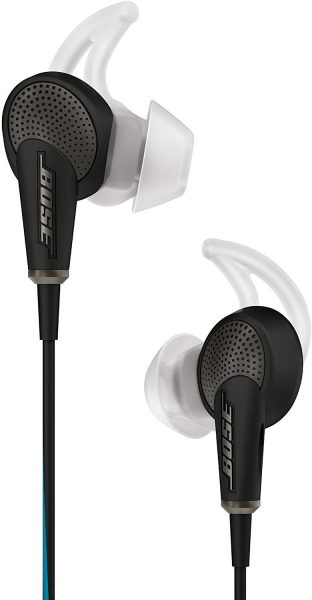
QuietComfort 20 – Bose is almost synonymous with excellent audio quality. These earbuds feature great compatibility with almost any device. Triport Technology and Active EQ allow excellent audio quality that’s hard to find anywhere. Your music stands out, and the outside noise drowns. Get these if you want excellent sound quality, guaranteed.
Razer
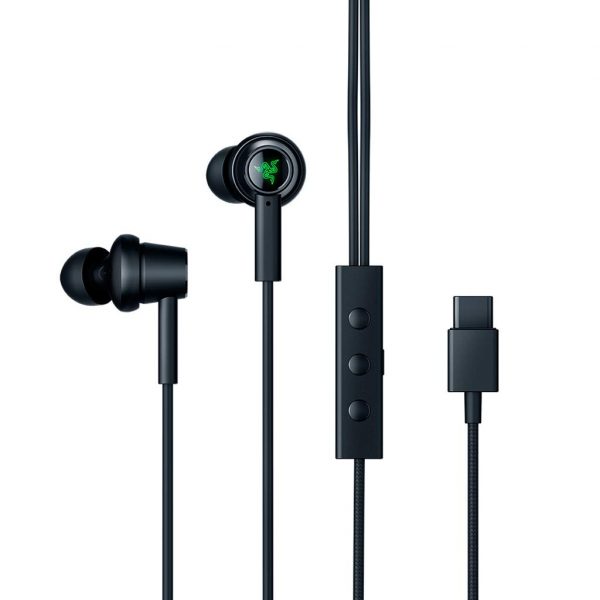
Hammerhead USB-C – Audio products are a major consideration for gamers, for good reason. They need excellent sound quality to pick up audio cues during a heated match. This is due to ambient noise cancelation, which is a common feature in larger headsets. If you want sound quality on par with full-size headphones, this is perfect for you.
TaoTronics
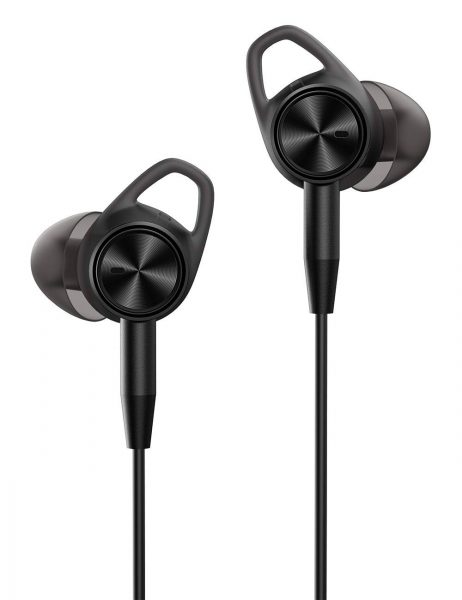
TaoTronics’ earbuds are popular enough to be an Amazon’s Choice item. Opt for these if you want best-in-class noise reduction, which is as much as 25dB. And don’t worry much about missing important sounds such as airport announcements. Press the in-ear monitor button when noise cancelation is on, and you’re set.
Noise Canceling Earbuds: The Basics

Long story short: these earbuds do what their name says. They cancel the noise out so you can focus on your music. Furthermore, it’s not only about focus. Without external noise, audio sounds so much better because you can hear the details. But don’t listen too loud and too long. Here’s how to avoid doing that, by understanding decibel levels.
Decibel Level Overview
Remember when your phone brings down the audio volume after a while? It’s a built-in feature that protects your hearing. The science is simple: decibel denotes loudness. And the louder it is, the less time you can listen to it. There are different decibel levels considered safe for your hearing.

- 70 dB or lower is safe
- 85 dB or higher is dangerous for prolonged listening
- 110 dB is even more unsafe (this is how loud a rock concert or a jackhammer is)
- 165 dB and above can cause outright hearing loss (a shotgun firing close to your ear)
How Many Decibels Does Noise Canceling Block?
Spoiler alert: not much. Noise-canceling earbuds only block about 20-25 dB. That’s a little softer than a whisper, which is around 30 dB. But this is more than enough because the music can block a good amount of outside noise.
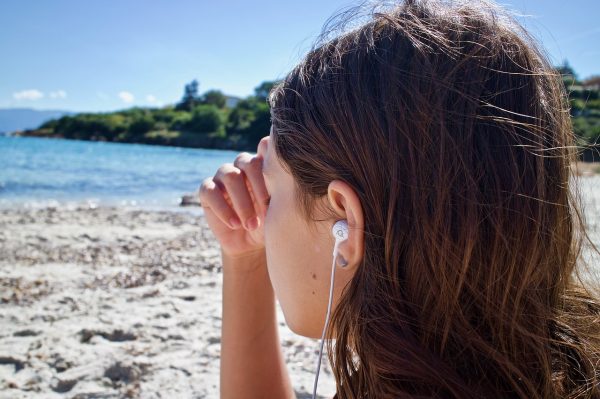
It’s why noise canceling works like a charm in places such as airplanes. These places have a lot of external noise that can affect your music quality. The music itself does its part, then the noise-canceling function does the rest. It’s a tag-team strategy.
Earbuds Or Headphones?
People sometimes struggle knowing which term is which. Are these headphones? Earbuds? Headsets? But the difference is simple.
- Headphones come with full-size earcups that either sit on top of or over your ears. These are what professionals in the studio often use. Noise cancelation is a common feature in full-size headphones, but not in earbuds.
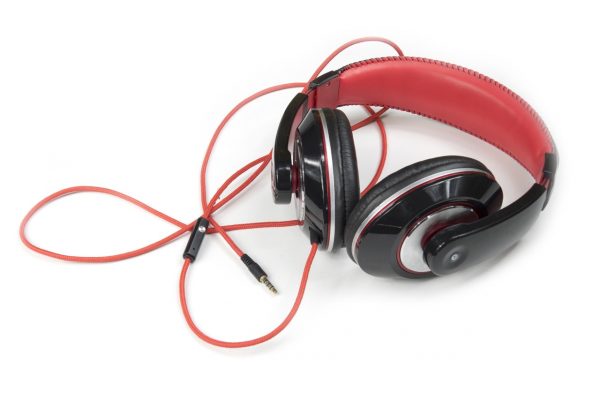
- The basic headsets people get when you buy phones are earbuds. But these are often too basic, and the sound quality is… meh. They don’t sound good and are lacking in noise cancelation. This is why noise-canceling earbuds are an amazing choice to have.
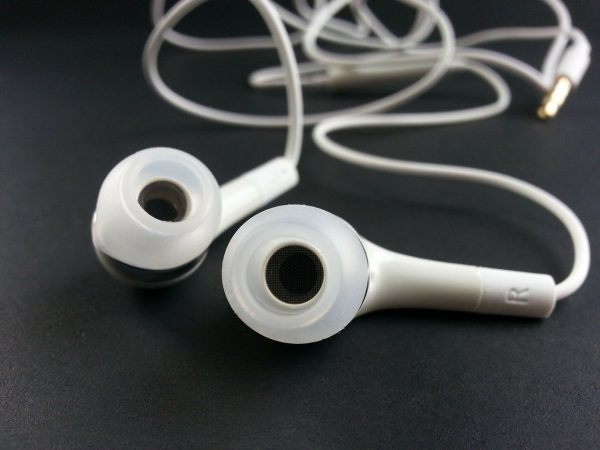
Isolating Vs Canceling
Noise isolating or noise-canceling? These are two more terms that confuse people. But like earbuds and headphones, it’s easy to differentiate the two. Take note as well that these two are often used to describe earbuds, not headphones.
Noise isolation involves blocking off your ear canal. If you have earbuds that come with rubber ear tips in different sizes, that’s noise isolation. It allows for the music to stand out because external noise is outright blocked by the rubber. Noise isolation doesn’t produce an anti-noise signal that drowns out external sounds.
Bluetooth Vs Wired
A lot of electronic devices nowadays are wireless. Why? Simple: wires are a hassle to manage. Isn’t it annoying to have your charger cables and headsets tangling? If you shop for headsets and often see Bluetooth/wireless options, this is why. Wires are annoying. Wireless offers the convenience of never having to plug your headset in.
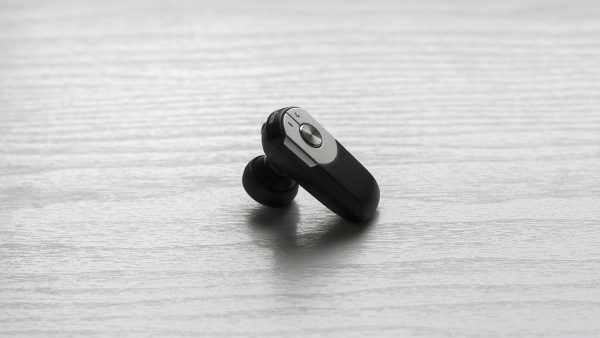
How Noise Canceling Earbuds Work
A noise-canceling headset is a marvelous piece of electronic equipment. And while not all headsets are the same, they work on rather similar principles across the board. They have four major components that make this happen:
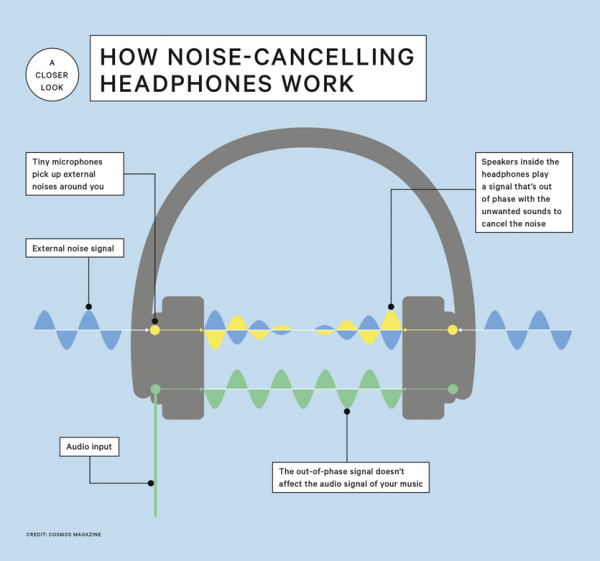
- A microphone “listens” to the sound, trying to detect anything that’s unblockable in a passive way
- Noise-canceling circuits interpret the data from the microphone. They make a “print” of this sound by analyzing its amplitude and frequency. Afterward, it makes what you can call “anti-sound” that helps cancel out the external noise.
- Speakers pump out audio that the headset mixes with the “anti-sound.” This cancels out the external noise as a result.
- Batteries often come built inside noise-canceling earbuds and headphones. This is true more so for products that have active noise cancelation.
Noise Canceling Earbuds: Buyer’s Guide
Enough about the tech mumbo jumbo. Here’s a guide on what to look for when buying noise-canceling earbuds. You have three qualities to look for:
Comfort
Earbuds are already way more comfortable than full headphones. Granted, there are still comfort issues when it comes to these. Case in point, sizing. Most earbuds come with different sizes of rubber ear tips. Try each tip and see which gives you a perfect ear canal seal without chafing.
Sound Quality
You don’t have to be an audiophile to judge good sound quality. Any good sound quality should have a balance between bass, mid, and treble. That’s the low, middle, and high frequencies. Bass is self-explanatory, treble is the high, and mids refer to how clear instruments can sound. But at the end of the day, it’s your preference. Some people like more bass, treble, or mid.
Price
Noise-canceling earbuds are pricier than ordinary headsets. Always remember that. And when it comes to pricing, it’s all depending on your budget. Higher-end brands such as Sony and Bose are in the $200 and up range. At this price range, you get what you pay for. Durability, sound quality, and long-term value.
You can also get products for as little as under $25. These are often wired earbuds that only offer passive noise cancelation. This means that there is no active noise canceling function. They rely on sealing your ear canal with different sized ear tips, but not on active circuitry. That’s what makes them cheap. And anything between $25 and $100 is the best value for your money.
Where To Buy
You can buy earbuds from almost any store that sells electronics. If you have a local audio store, chances are they’d have them on hand. Or you’d like to buy from trusted stores. Here are four good ones to get you started.
Amazon

Amazon has a huge selection of headsets, including noise-canceling earbuds. And you have the option of looking at actual user reviews and ratings. Anything that’s 4 stars and above with at least 500 user ratings is a good choice. There are also Amazon’s Choice ratings that you can rely on to know whether a product is of great value.
Target

Buying from this store means you can get a great deal, more so during days like Black Friday. There’s a good chance that there’s a Target store near you right now. And you’ll want to take advantage of their free shipping options. Orders $35 or more are eligible for free two-day shipping.
Walmart

Walmart also offers free two-day shipping for orders $35 and above. And peep this: according to a study by LendEdu, Walmart’s tech prices are 4.19% cheaper than Amazon on average. Prices can go even lower during holiday offers too.
Brand Websites
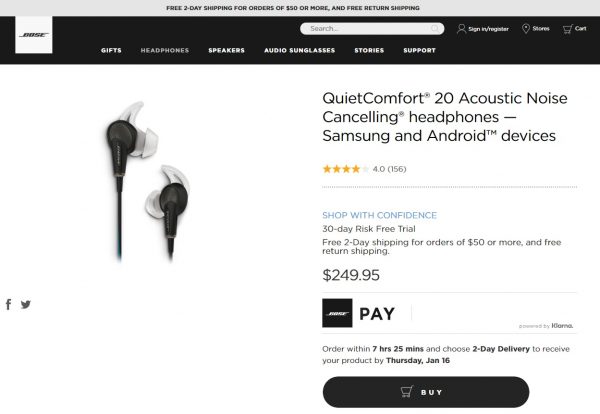
Don’t trust the first three? Then buy from official product websites. Almost every electronic brand out there runs an e-commerce store. And there’s little to no chance of markup prices because you’re buying direct. All you have to pay extra for shipping is if the company charges for it.
How To Make Noise Canceling Earbuds
You know what: forget all this. Why not go DIY? Yes, you read that right. It is possible to make your own, and you don’t need advanced electronics skills to do it. A quick Google search yields multiple results. All you need are these: earbuds, common rubber earplugs, and a tube of silicone.
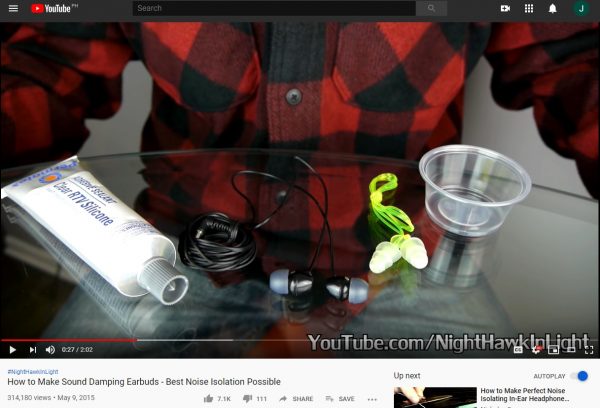
- Take out the standard ear tips of your earbuds. You will replace these with the rubber earplugs.
- Remove the earplugs from the plastic attachment. Notice that they don’t have any holes for music to come through, so you need to cut a portion of them off. A typical earplug has three segments, so cut the smallest segment to reveal a small enough hole. This way, you don’t need to drill your own.
- Attach the earplugs into your earbuds.
- Afterward, coat the earbuds with silicone gel to further dampen external noise. Make sure that it’s an even coat.
- Voila! You now have DIY noise-canceling earbuds.
And if you want to watch how the process works, here’s the video for you:
Final Thoughts
Noise-canceling headsets aren’t a luxury. They’re a necessity, more so if you want to listen to good music. Everyone can enjoy great sound quality, without external noise. It’s not only for audiophiles anymore. All you need is to take note of the points in this buying guide to get the most value for your money.

